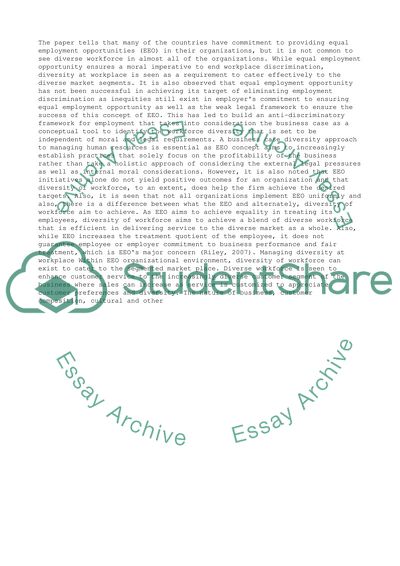Cite this document
(“Managing Diversity: organizational commitment to valuing worforce Essay”, n.d.)
Retrieved de https://studentshare.org/management/1392404-managing-diversity
Retrieved de https://studentshare.org/management/1392404-managing-diversity
(Managing Diversity: Organizational Commitment to Valuing Worforce Essay)
https://studentshare.org/management/1392404-managing-diversity.
https://studentshare.org/management/1392404-managing-diversity.
“Managing Diversity: Organizational Commitment to Valuing Worforce Essay”, n.d. https://studentshare.org/management/1392404-managing-diversity.


